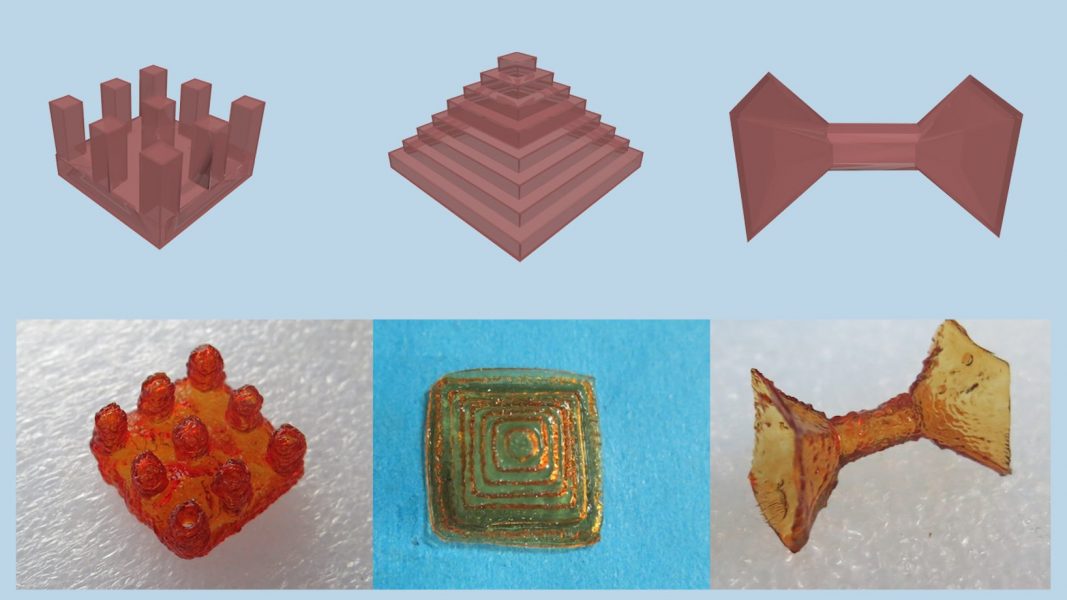Biomedical materials with functional surfaces are desired for practical applications. Hydrogels—extremely versatile materials used in wet and biological environments—could be used to modify material surfaces.
In Advanced Materials, Prof. Feng Zhou and colleagues from the Chinese Academy of Sciences present a universal method to form functional hydrogel coatings on a wide range of substrate materials.
Surface catalytically initiated radical polymerization, or SCIRP, is used to graft hydrogel coatings in situ on a range of 2D and 3D objects. Iron-containing substrate materials, such as polymers, ceramics, and intermetallic compounds, act as a catalytic template for the hydrogel to form. The grafted hydrogel modifies the surface wettability and lubrication properties of the substrate material.
3D printing enables structurally complex composites to be used as the catalytic template and demonstrates the versatility of this method in the field of surface engineering.
This method could be used with different precursors to produce various functional hydrogels and to fabricate blood vessel models and soft actuator devices.
To find out more about this simple, low-cost surface modification method, please visit the Advanced Materials homepage.

















